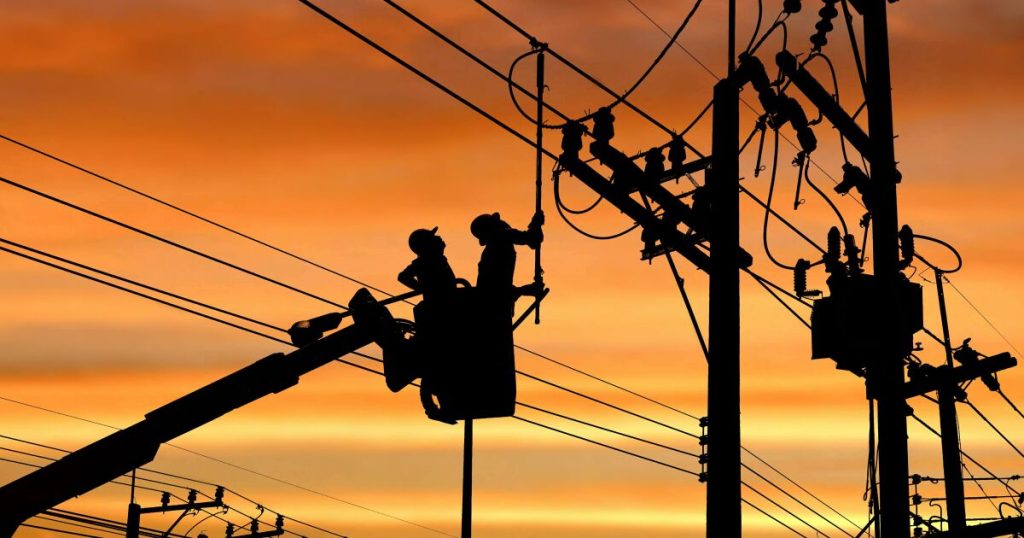Last Thursday, December 2, 2021, Celec and the United States Army Corps of Engineers signed an agreement to “mitigate the effects of this natural phenomenon.
The state oil company, Petroecuador, reported that the regressive erosion that affects the riverbanks dthe Coca river, in the Ecuadorian Amazon, keep going. The phenomenon, which had stopped for more than 130 days, was reactivated and today December 5, 2021 has affected nagain the E45 track.
The national oil company indicated in a statement that erosion has reached the sector of Fine Stone (Napo) and has destabilized the carriageway of the road that connects Quito with Lago Agrio.
???? OFFICIAL COMMUNICATION | @EPPETROECUADOR informs the public: ????#PolicyPolicy #TogetherWeAchieve pic.twitter.com/UkrZSzu70p
– EP PETROECUADOR (@EPPETROECUADOR) December 4, 2021
He also indicated that together with OCP and the ministries of Energy and Non-renewable Natural Resources and the Ministry of Transportation and Public Works perform some preventive tasks. The objective is mitigate any impact to hydrocarbon transport systems.
Last Thursday (December 2, 2021), the governments of Ecuador and the United States signed a memorandum of understanding. The purpose is to articulate “a technical cooperation that allows mitigating the effects of regressive erosion in the Coca river and protecting the water catchment works of the Coca Codo Sincalir hydroelectric plant.”
The document was signed in a formal act. The general manager of Corporación Eléctrica del Ecuador (Celec), Gonzalo Uquillas Vallejo, signed for Ecuador; and for the United States, the representative of the Corps of Engineers of the Army of that pías, Adriel McConnell.
The regressive erosion of the Coca river started in February 2020 with the collapse of the San Rafael waterfall that limits Napo and Sucumbíos. From that moment, the phenomenon continues for about 13 kilometers.
Today, the point where the erosion is found is less than eight kilometers from the water catchment works of the Coca Codo Sinclair hydroelectric plant, the largest in the country. with 1,500 MW of installed power, and that covers the demand of 30 % of energy in the country.













